Unusable land becomes solar farm in Maryland
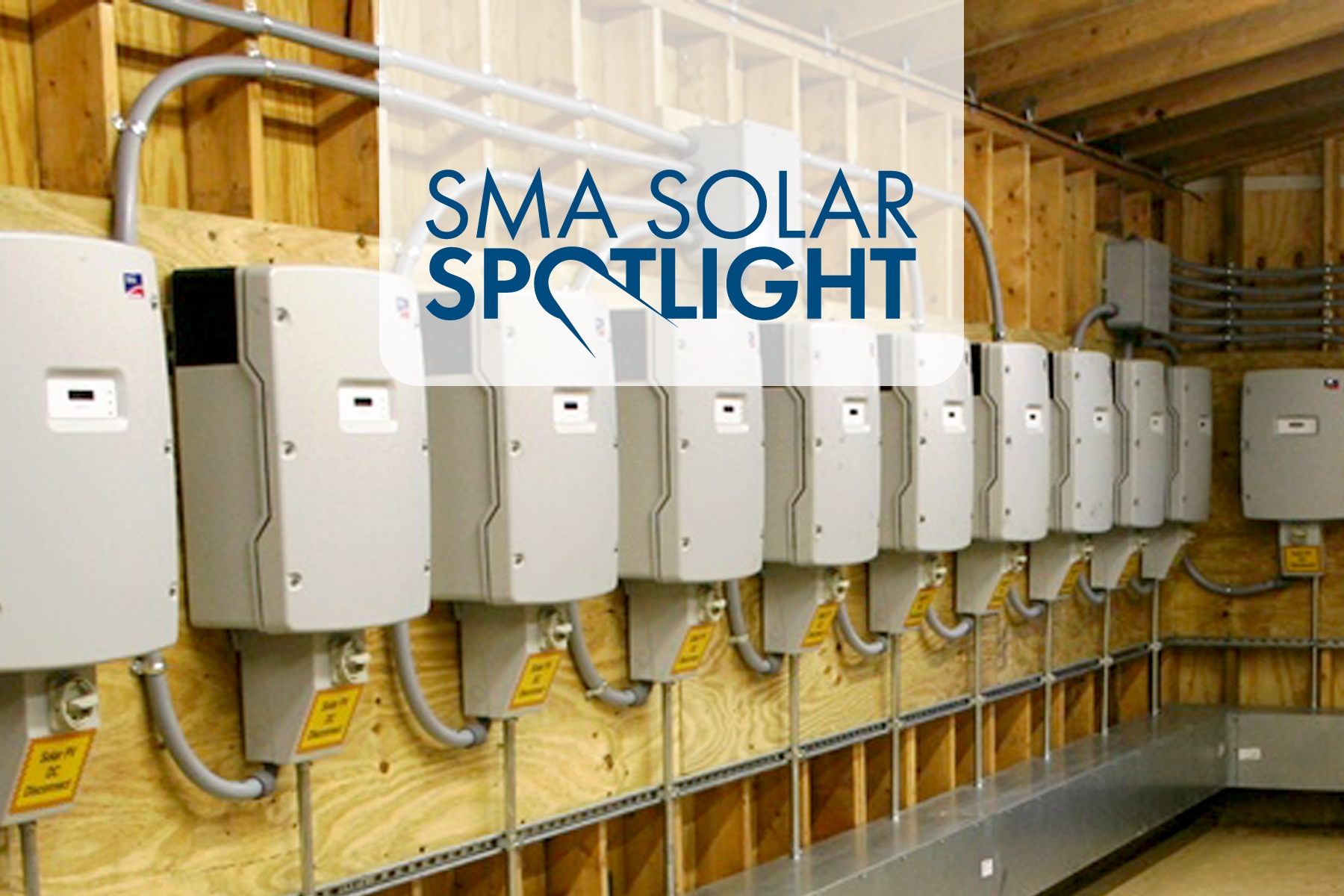
Harsh winter weather, abandoned telephone poles and a steep 25-percent grade couldn’t stop Solar Tech from completing and commissioning the Mt. Air Solar Farm in Newburg, Maryland. Its customer’s available land, the only that wasn’t tillable for farming, required substantial planning and engineering before a single solar module could be connected.
The terrain
Overlooking our nation’s historic Potomac River, the Mt. Air Solar Farm started as an unusable, frigid hillside amid the Northeast’s notorious winters. After the Solar Tech team designed the 120 kW system, spanning 24 ground-mounted, 5-kW arrays to accommodate the slope, the local electric utility was brought in to dig up abandoned telephone poles, trench the icy soil for underground service and upgrade the nearby transformer and switchgear.
To accommodate the steep grade, S:Flex’s ground-mount racking system was chosen for the design flexibility that ensured optimal module placement on the steep slope. Once the cement footings were poured, equipment deliveries started and a tractor trailer found itself too large to make it to the jobsite. Once parked in a nearby corn field for unloading, the truck wound up stuck and needing a little help of its own to get moving again.
A barn reborn
An existing barn at the base of the solar farm’s hillside is now the proud keeper of the inverters, where 16 hardworking Sunny Boy 7000-US inverters churn out enough AC power to make the farm and residence energy-neutral. Commissioned earlier this year, the system is expected to produce more than 163,000 kWh annually. The inverters receive DC power from 480 Suniva MVX-250 modules, generating more than enough power to make the farmstead more financially independent.
Despite difficulties with the jobsite, using the available land to produce power has created a collaboration of land use; growing food and helping the sun grow electricity. Now all that’s left are happy customers, which make the cold days and hard work worth the effort.

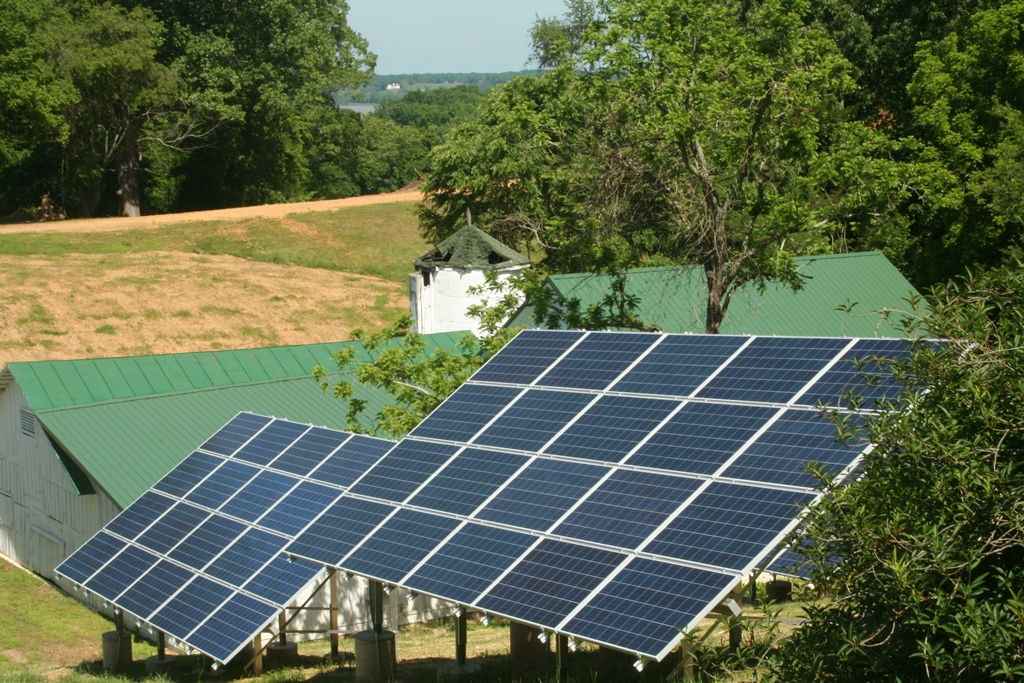
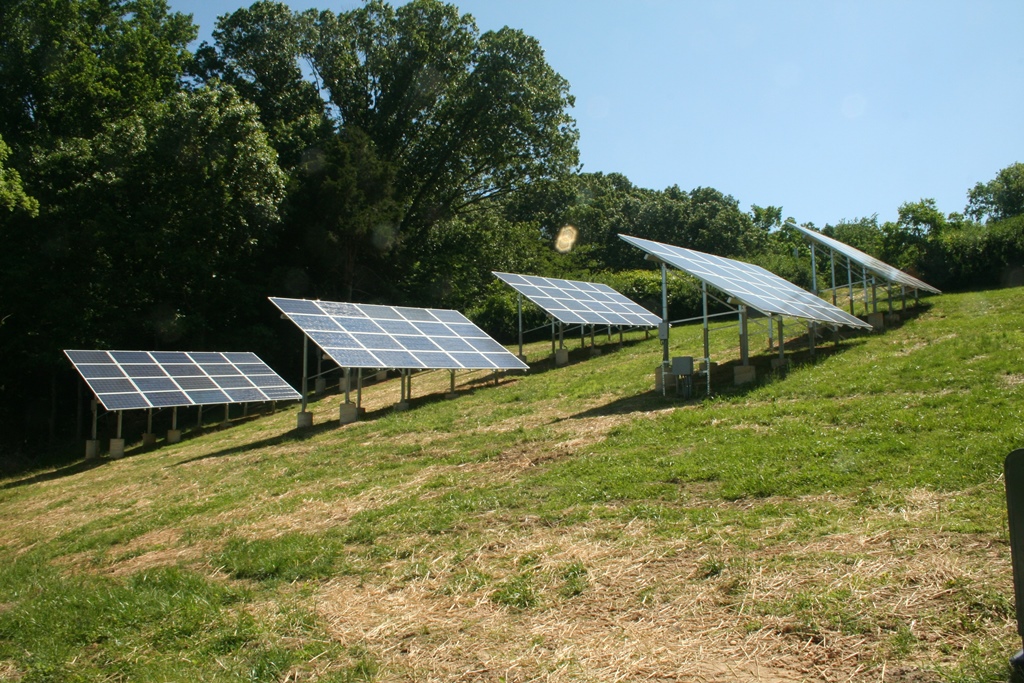
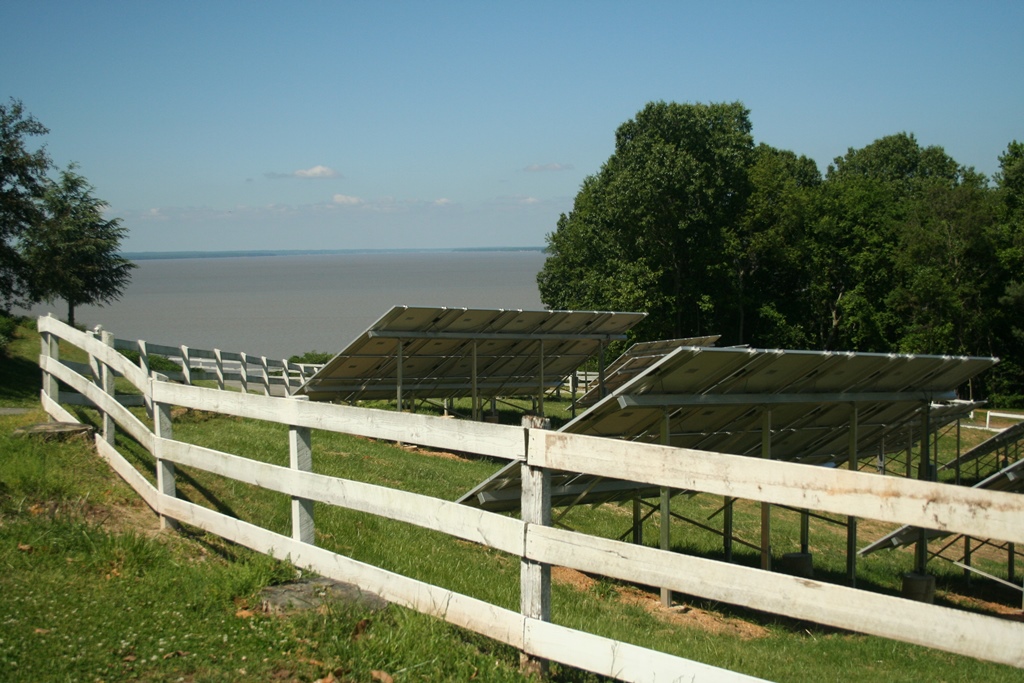
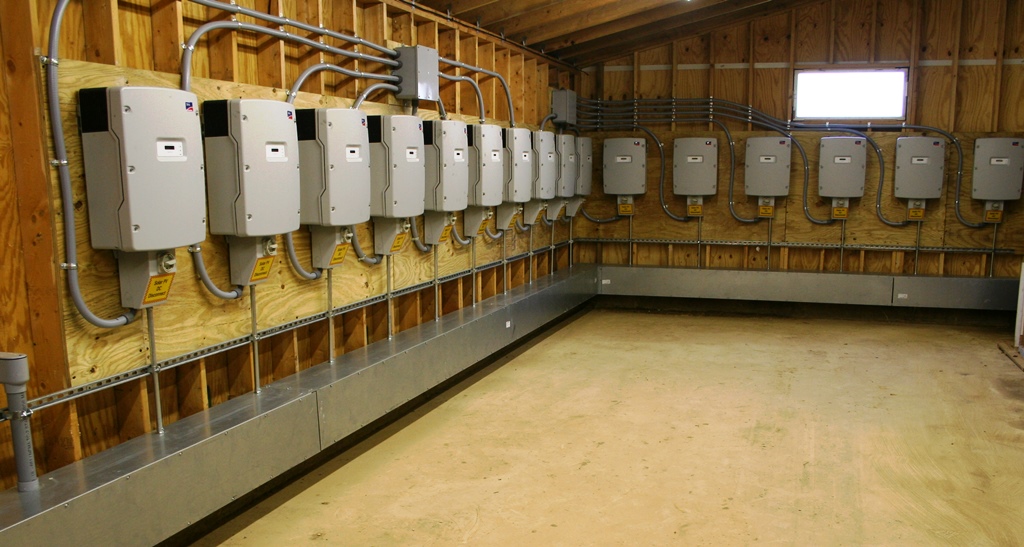


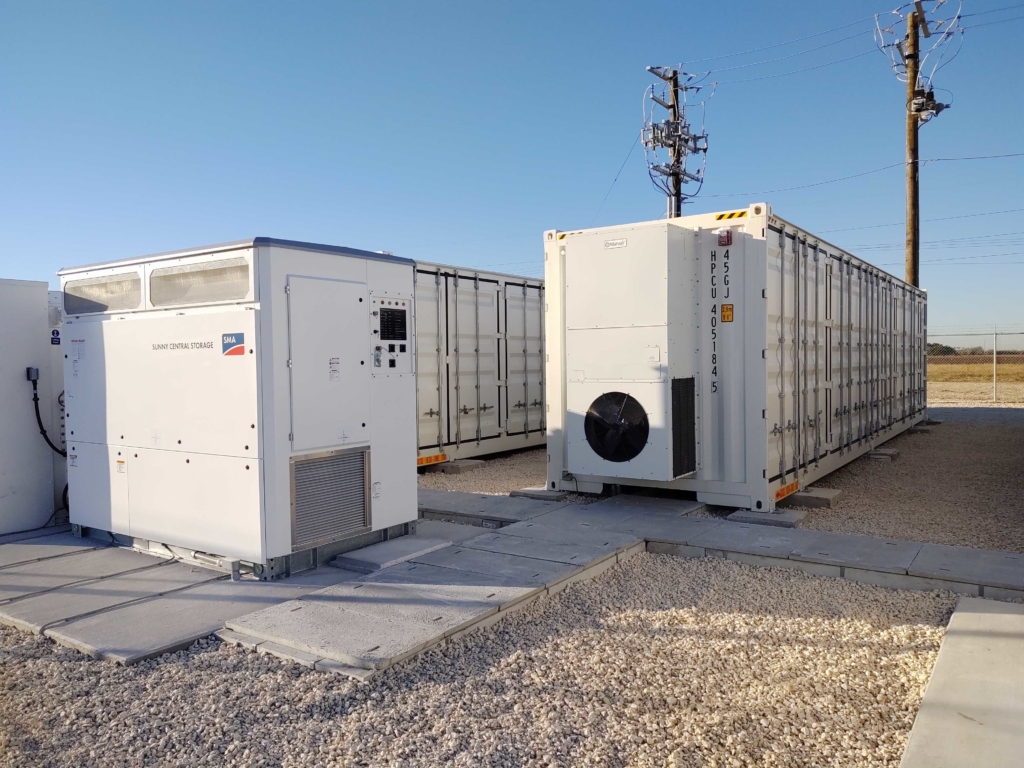
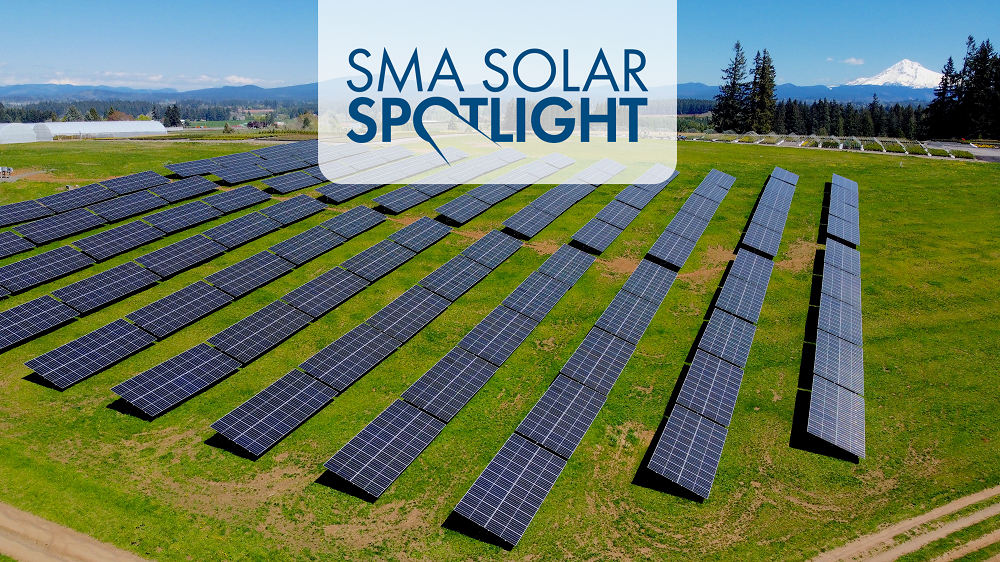
Feel free to contribute!